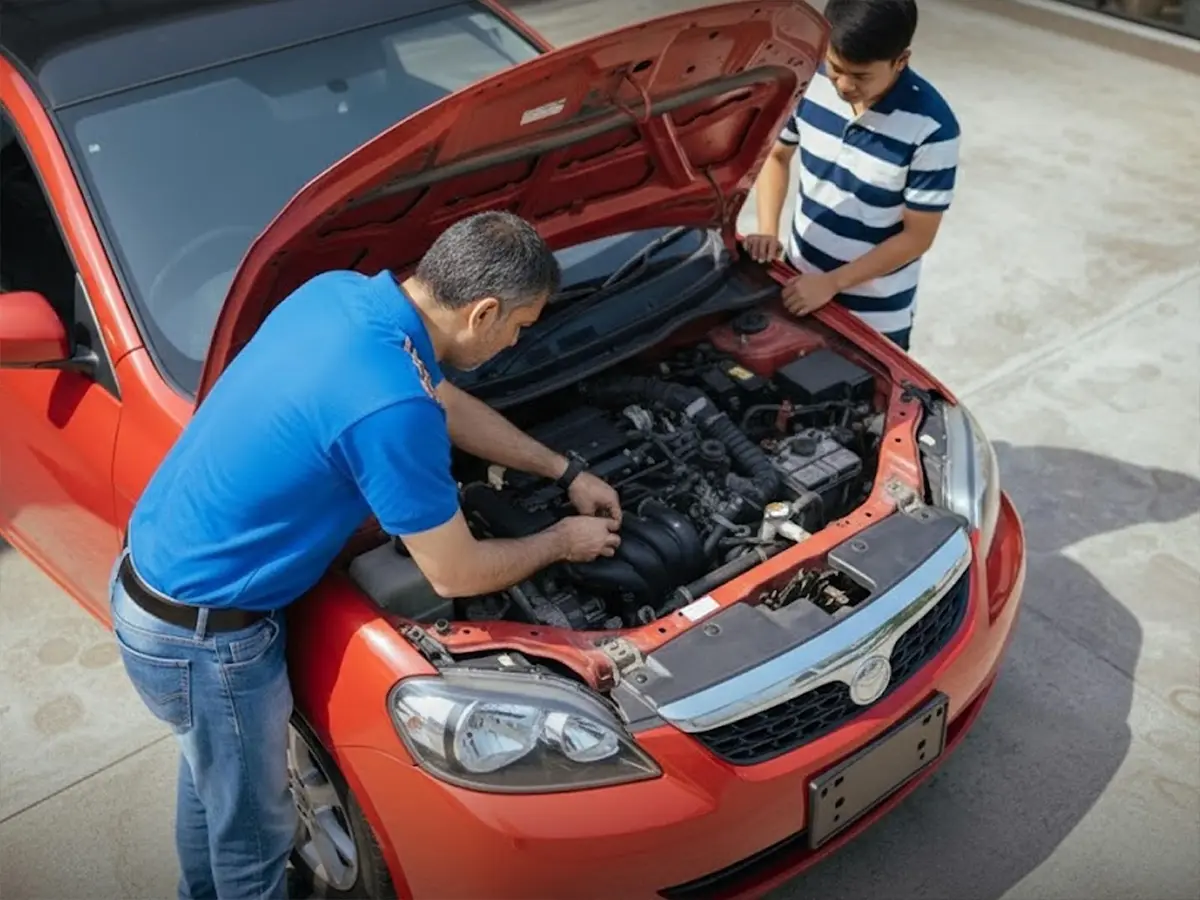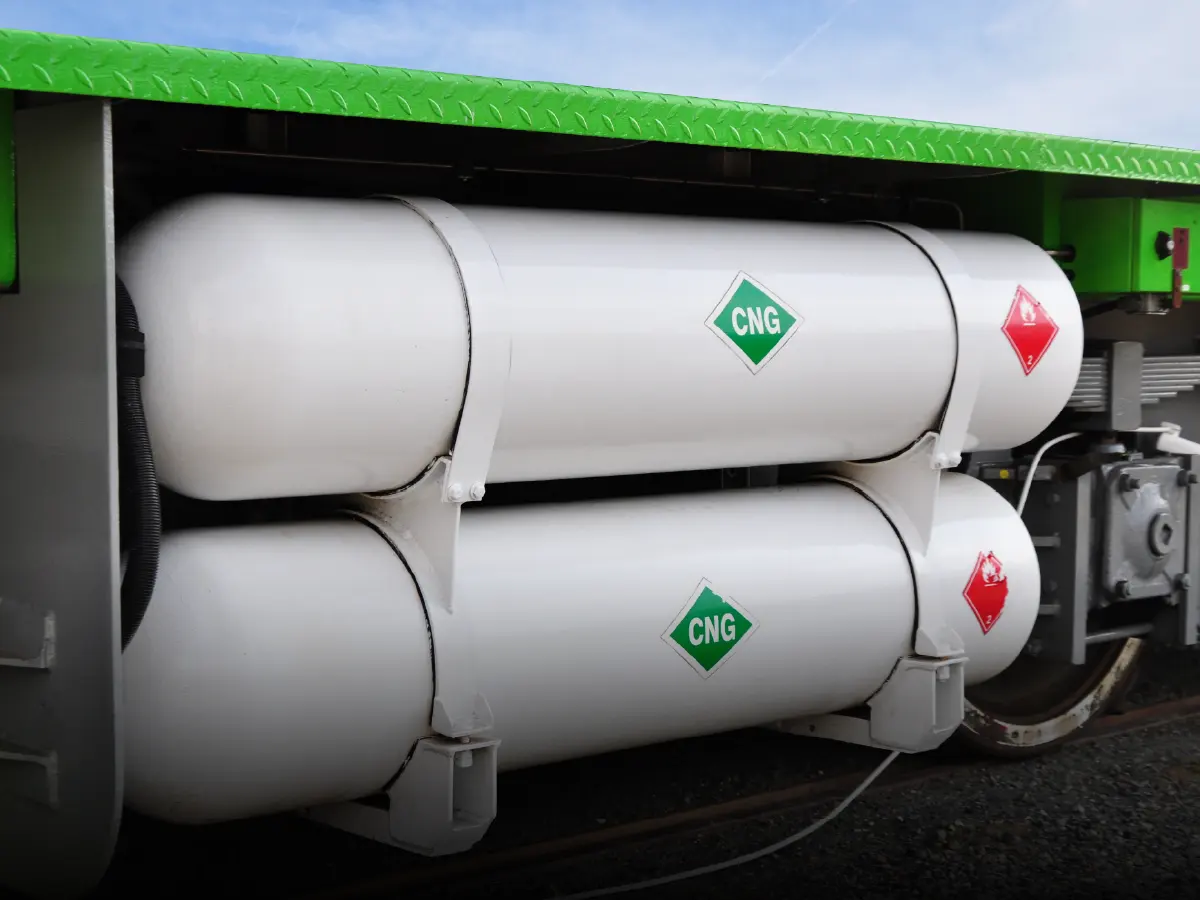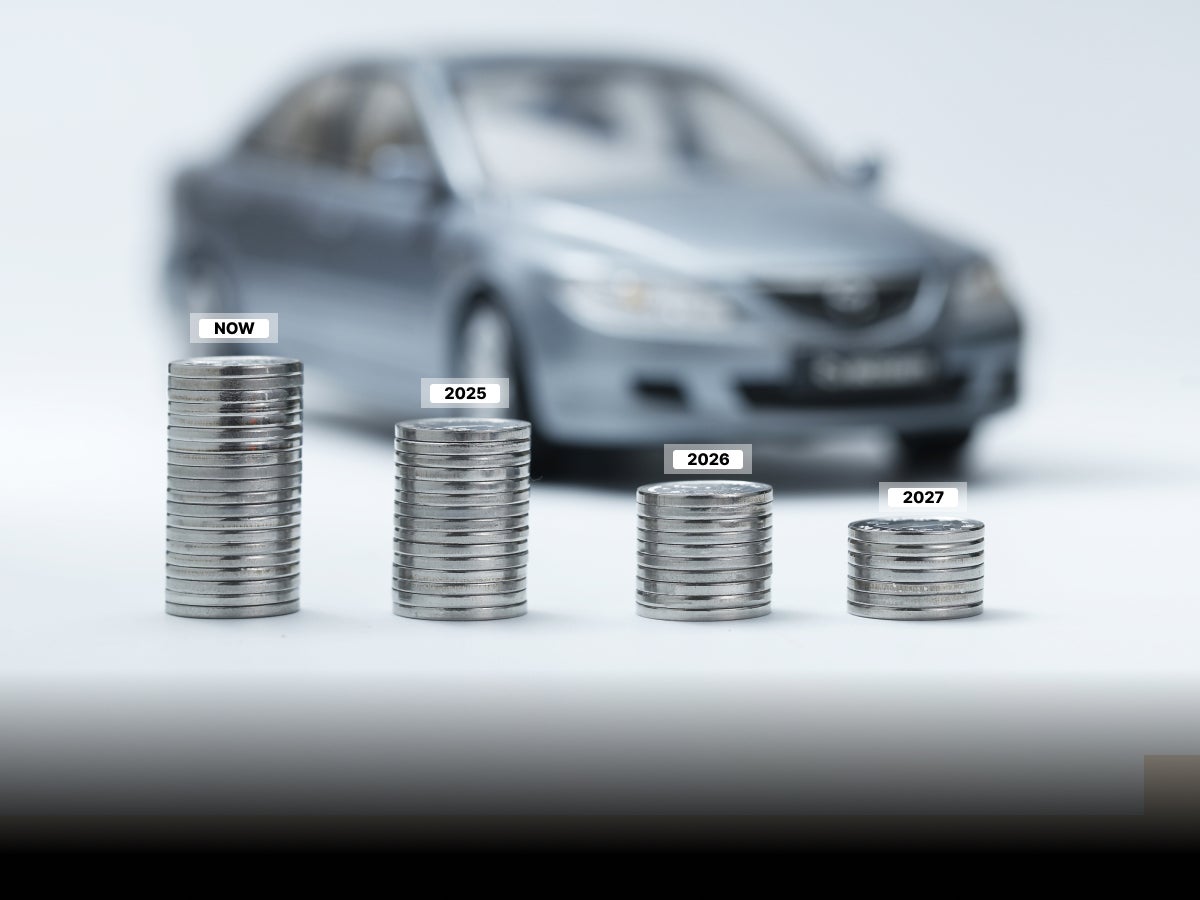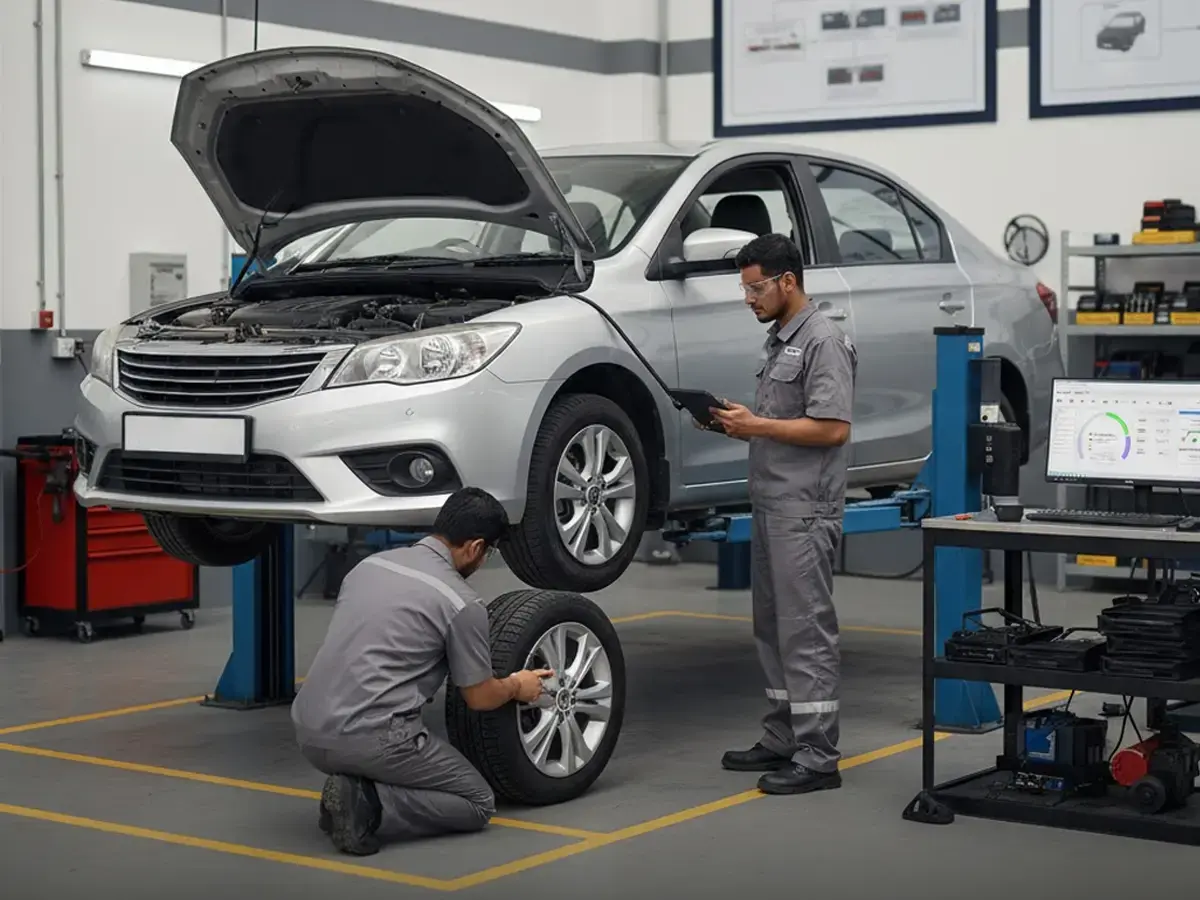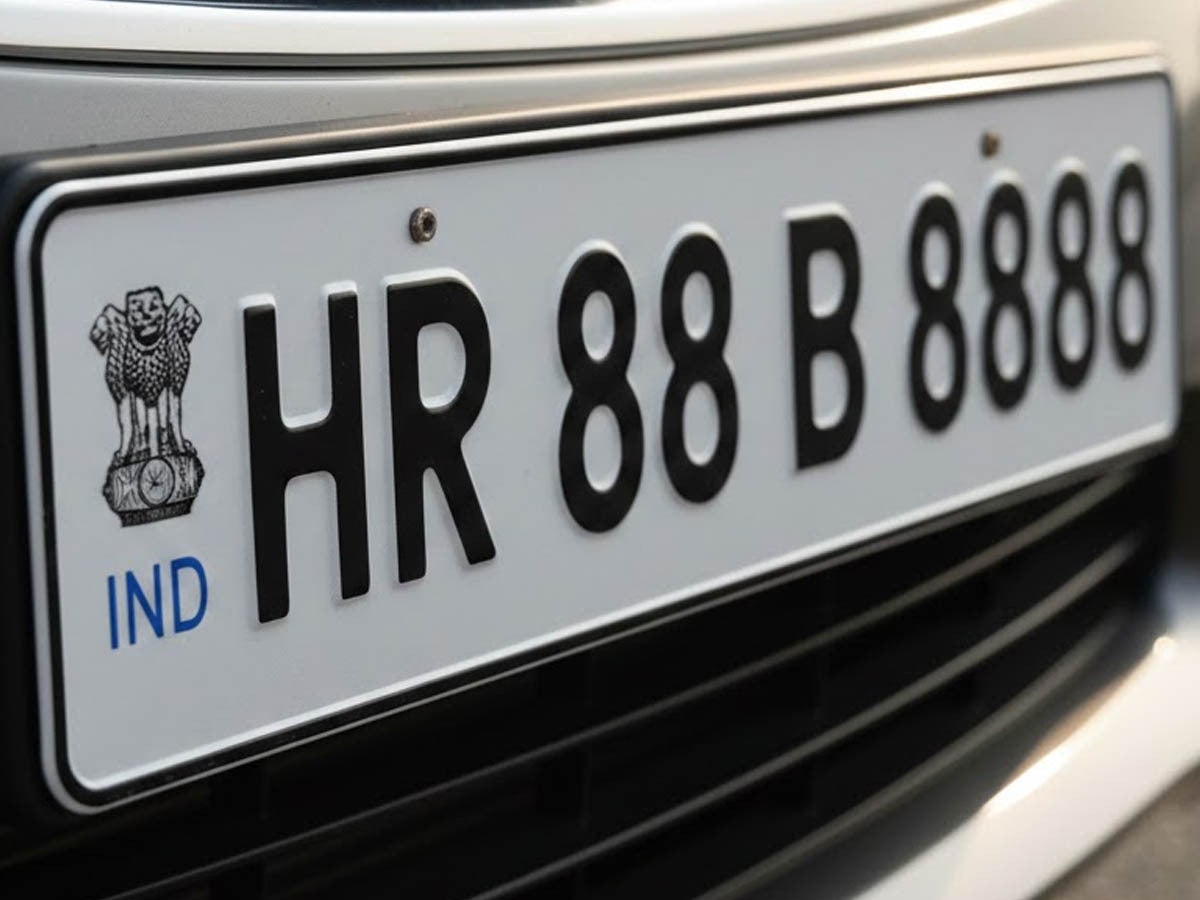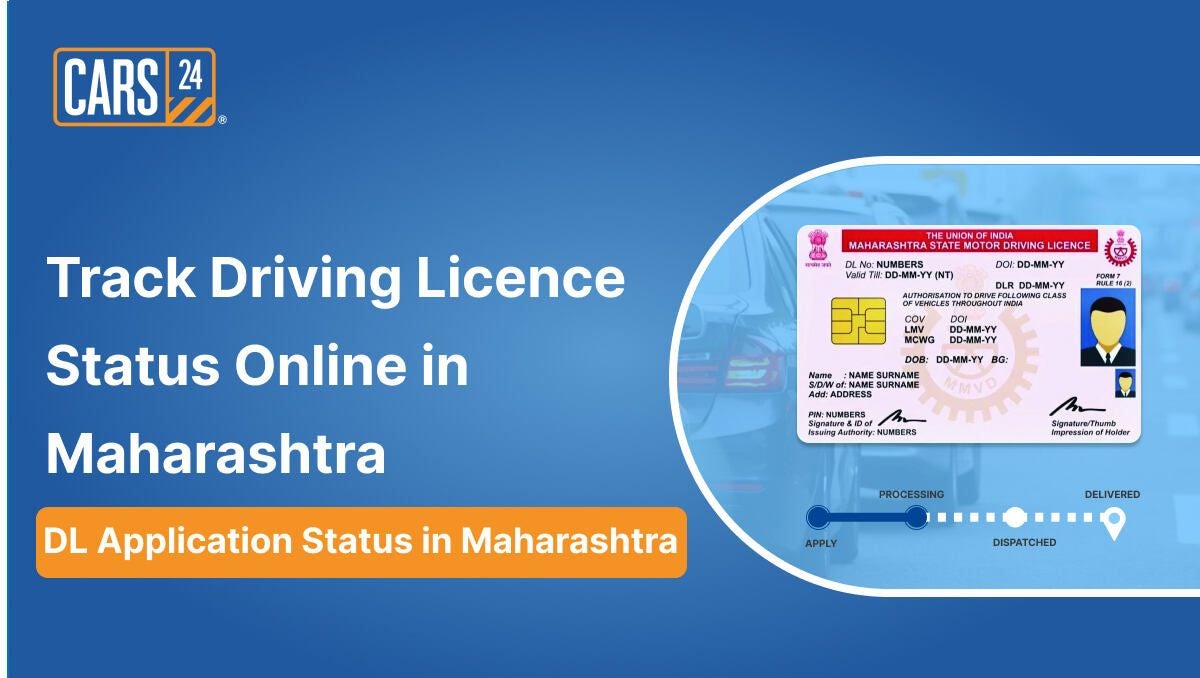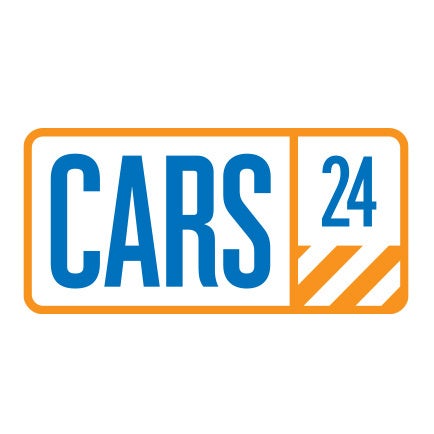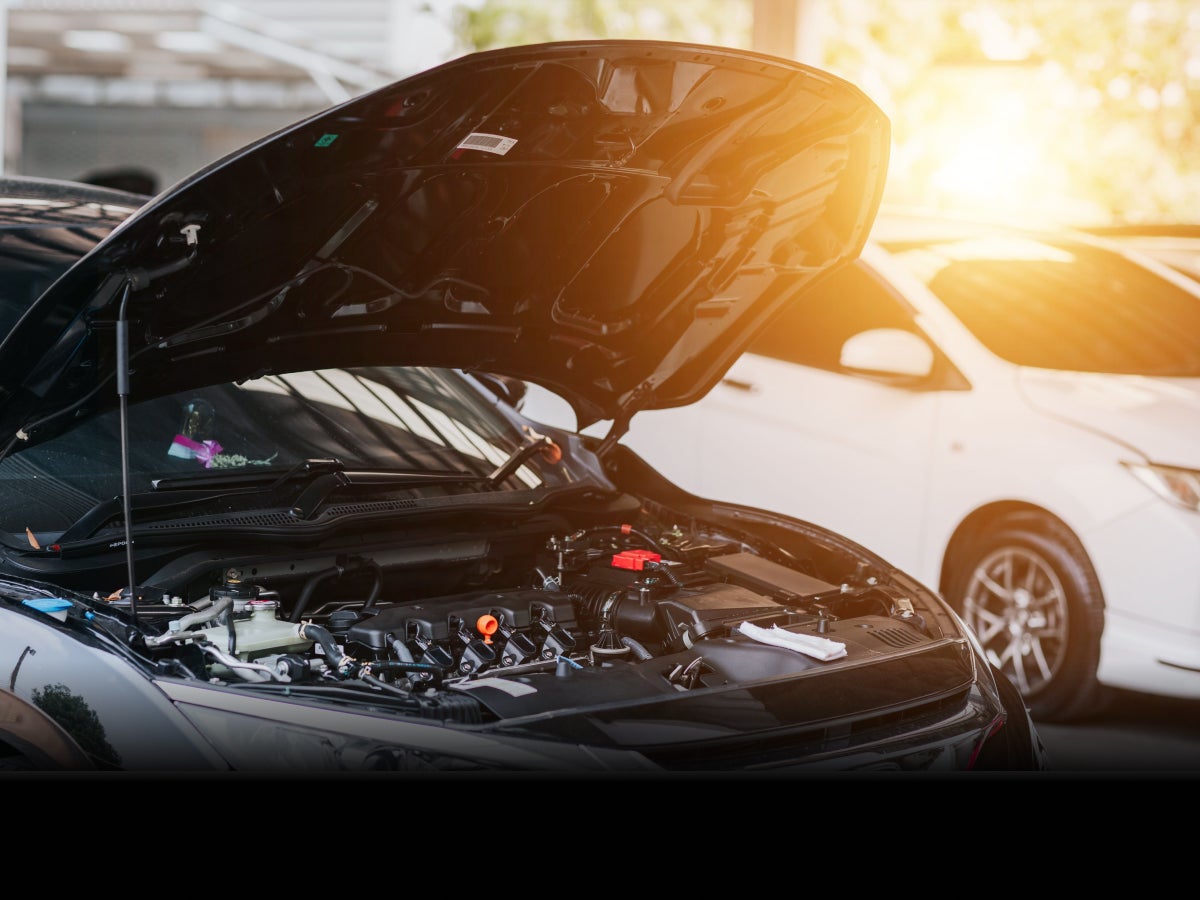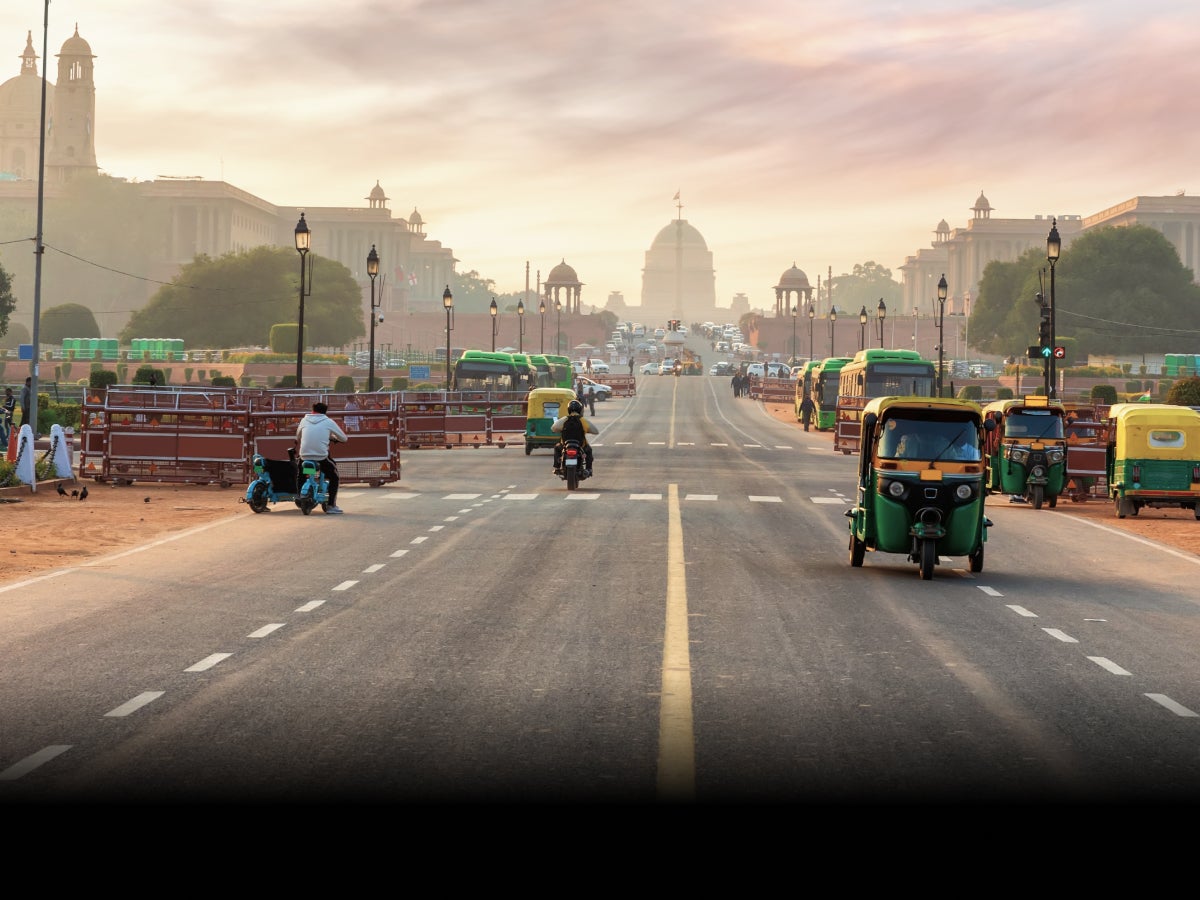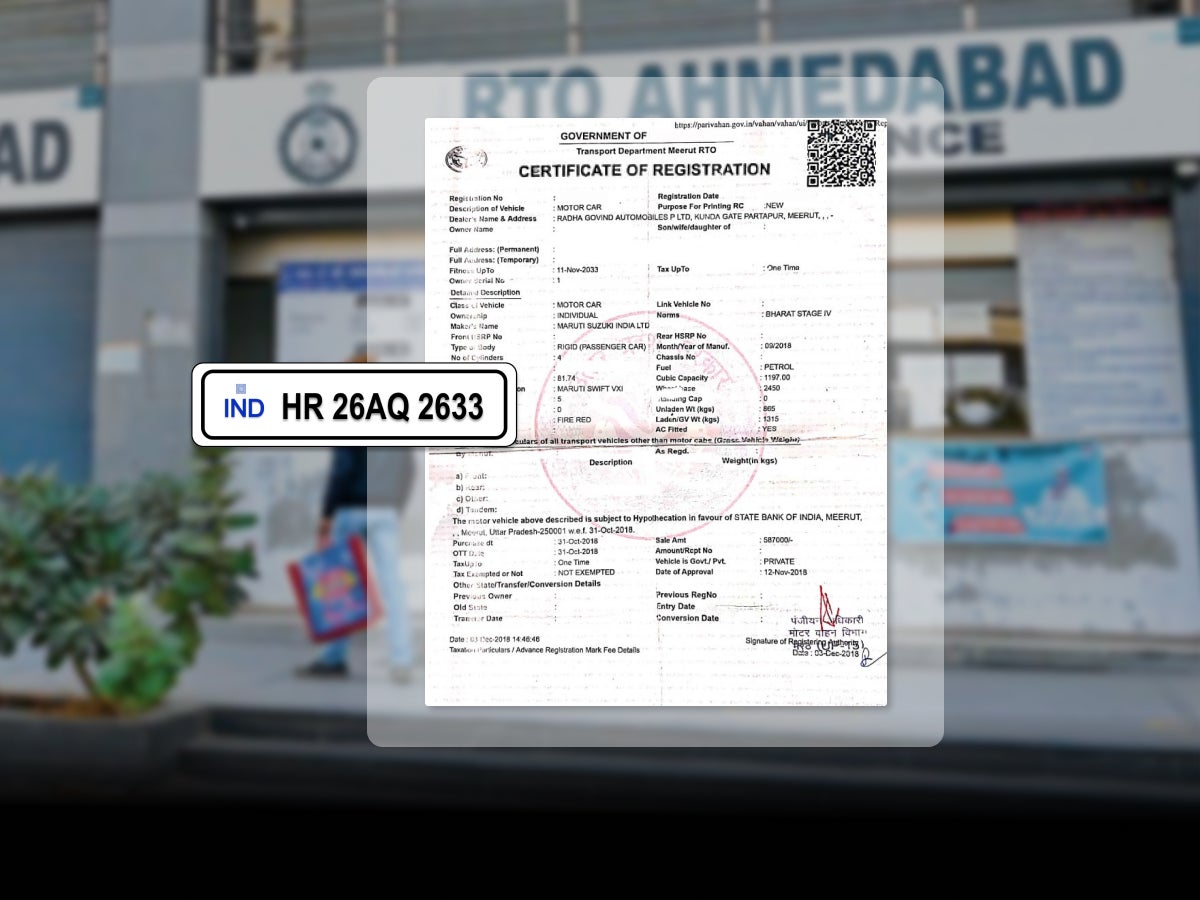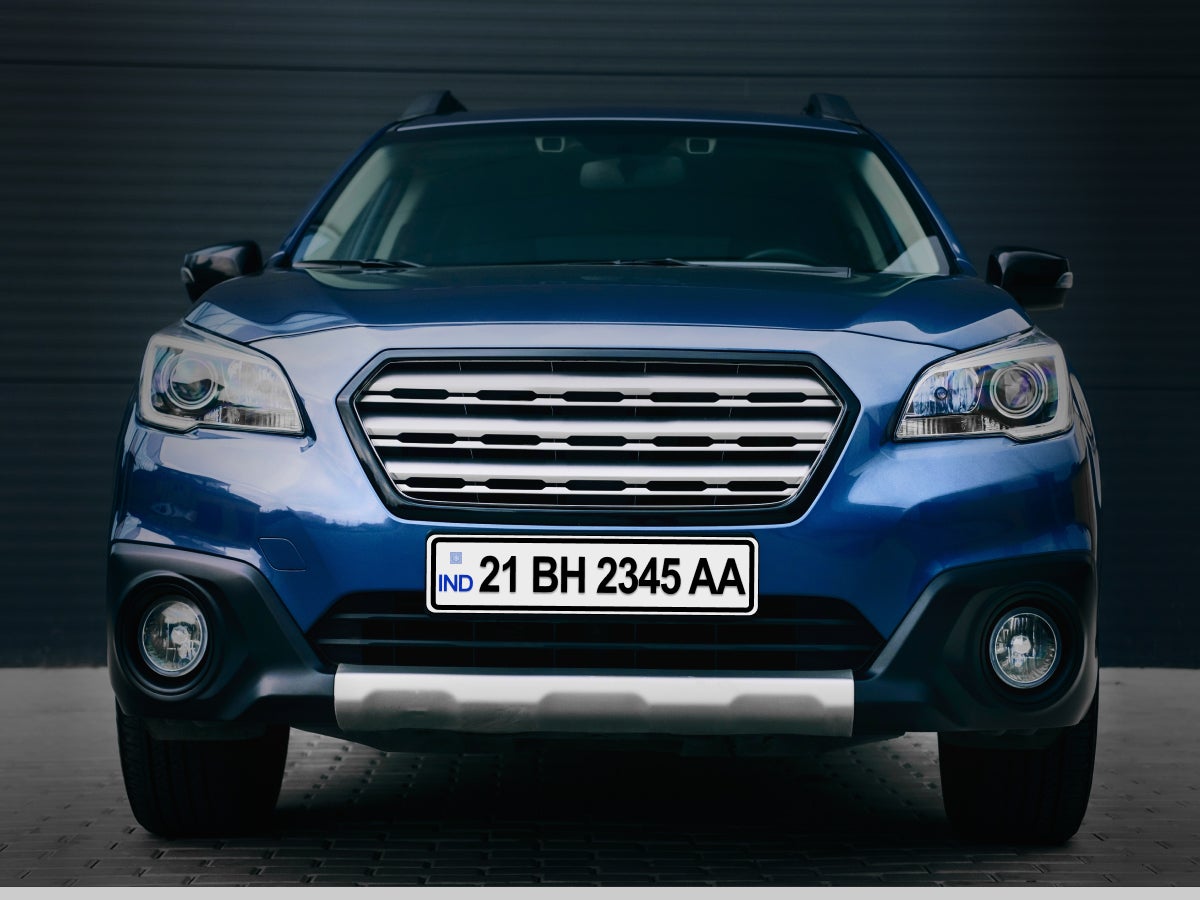

The Great Indian Challan Crisis: India’s Worsening Driving Behaviour
- 18 crore challans issued in 2024, yet 75% of ₹12,000 crore in fines remain unpaid
- 238.5% of drivers admit to paying bribes, undermining traffic enforcement laws
- 3India records 1.5 lakh road deaths yearly despite crores spent on enforcement
In a country with over 1.4 billion people, road safety is one of India’s biggest challenges. Case in point: over 8,000 challans were issued in 2024, totalling over ₹12,000 crore, yet 75% of them are unpaid. Challans remaining unpaid point to a bigger issue, one where the main tool against unsafe road behaviour is not being taken seriously.
CARS24 has helped users pay ₹200 crore digitally, showing that convenience helps compliance. However, we hope for a day when fewer challans exist because that means safer roads for us all. The Great Indian Challan Crisis report is essential reading for the full picture.
Scale of Vehicle Ownership in India
Despite a relatively small percentage of Indians who own vehicles, traffic violations remain rampant. In fact, the numbers from CARS24 internal challan data, government websites and media reports suggest every second vehicle on our roads has been fined at least once!

- Out of India’s population of 140 crore people, only 11 crore own vehicles
- Just 7.7% of the population are car owners
Vehicle split: 8 crore four-wheelers and 35 crore two-wheelers
Challans: The Numbers
Challans are key in enforcing road discipline as a way to deter people from committing traffic violations through penalties. The relatively even distribution of challans suggests that unsafe driving practices cut across vehicle types and likely socioeconomic scales as well. The sizeable unpaid fines raise an important question. If the purpose of steep traffic fines is to discourage unsafe driving, are challans even effective at traffic regulation?

- Over 8 crore challans were issued in 2024 alone, totalling over ₹12,000 crore
- Unpaid fines total ₹9,000 crore, approximately 75% of the challans issued
- Fines collected exceed the GDP of many small nations, despite a majority remaining unpaid
Vehicle split: 55% of challans are 4-wheelers, 45% are 2-wheelers
Driving Behaviour: When Do People Follow Rules?
The key to understanding why traffic violations continue despite fines being levied lies in how drivers respond to current enforcement methods. We conducted a survey of 1,000 people and the results show that most people only follow the rules of the road out of fear of being caught.
Police Presence and Driving Behaviour
The statistics reveal that while many drivers follow traffic rules irrespective of general police presence, many think road rules, such as traffic signs, are optional unless enforcement is visible. When asked about adjusting driving based on law enforcement, this was the response:

- 44% claim they follow traffic rules regardless of police presence
- 31% check for police occasionally and adjust their driving
18% actively monitor their surroundings to avoid fines
Reaction to Traffic Police
Compliance with traffic rules out of fear, rather than habitual rule-following, shows that many drivers behave properly only when there’s a threat of punishment. When drivers spot a traffic police officer:

- 51% check their speed to ensure rule compliance
- 36% slow down instinctively, even if not breaking rules
13% either adjust their driving or take detours to avoid getting caught
Impact of Surveillance
It appears that close to a majority of road users don’t react to surveillance. This suggests that technology alone cannot change behaviour, unless the penalties are severe and consistently enforced. Going by our survey:

- 47% claim they drive the same way regardless of cameras
- 37% admit they slow down only when they spot a camera
15% only adjust their driving for speed cameras, ignoring other CCTV cameras
Common Traffic Offences: The Numbers
Looking at the data, we’ve compiled the most common traffic violations in India:

- Over-speeding - 49%
- Not wearing helmets or seat belts - 19%
- Obstructive parking - 14%
Signal jumping and wrong-side driving - 18%
From repeat offenders to large-scale rule-breaking, some notable examples highlight the severity of these traffic violations:
- A truck owner from Haryana faced fines over ₹2 lakhs for speeding
- A two-wheeler rider in Bengaluru paid ₹3 lakhs for 500 violations
- Gurugram issues approximately 4,500 challans daily
Noida issued over ₹3 lakh in challans in a single month solely for helmet violations
Understanding Repeat Traffic Offenders
It’s clear that despite the threat of fines, many road users are repeat, if not habitual, traffic offenders. From our survey, a few reasons stood out:
- Low consequences - When the pain of payment isn't significant enough, the behaviour doesn't change.
- Conditional compliance - While a majority of respondents claim they follow traffic rules, over 20% admit they would take risks even if fines were doubled.
Bribes - Corruption and negotiating settlements mean that people don't take the punishment seriously. Only 29% of people claim to always pay their traffic fines through the right channels. On the other hand, over 38% admit to having paid a bribe at least once, while nearly 16% pay challans via bribes often.
Road Safety in India: The Problem
India records over 1.5 lakh road fatalities every year, making Indian roads among the deadliest in the world. Still, 40% of Indians do not take traffic rules and regulations seriously. A few key issues stand out:
- People don’t believe in traffic rules - Adjusting rules to suit themselves is clear proof there’s no belief in the foundations of road safety
- Bystander mindset - Very few citizens report traffic violations, despite wanting to. When violations go unreported, it encourages offenders to keep committing them.
Compliance out of fear - People follow rules only when there’s a threat of repercussion. As CARS24 co-founder, Gajendra Jangid, points out, "Every traffic violation is a silent vote against civic order. If we want safer cities, we need a cultural shift from compliance out of fear, to responsibility out of pride."
The Way to Safer Roads
Addressing India's road safety concerns, as reflected in the challan crisis, requires a multi-point approach:
1. Stronger Penalties and Enforcement
With pending fines at over 75% of fines issued, more robust enforcement mechanisms are the need of the hour. These consequences need to be consistently applied to effectively deal with habitual offenders:
- Driving License suspension: Failing to pay fines within 90 days should result in suspension of driving licenses (DL) or vehicle registration certificates (RC)
- Increased insurance premiums: Drivers with two or more unpaid challans from the previous financial year should face higher vehicle insurance costs
Legal action: Continued non-payment should lead to court summons, with persistent defaulters risking license confiscation
2. Technology-Driven Enforcement
Modern solutions can help with monitoring and compliance:
- AI-based real-time monitoring: Speed cameras, CCTV surveillance, and automatic number plate recognition systems can detect violations more efficiently
Instant penalty systems: Automated systems can issue e-challans immediately upon detecting infractions, reducing reliance on manual policing and potential for bribery
3. Public Awareness and Accountability
Building a culture where traffic rules are respected requires collective effort and community awareness:
- Reporting violations: Creating accessible platforms for the public to report traffic violations can aid law enforcement
Understanding consequences: Better communication about the repercussions of non-payment might motivate timely fine settlements
4. Changing Driver Behaviour
For a solution to be long-term, it must focus on changing fundamental thinking:
- Educational initiatives: Integrating road safety education into school curriculum can teach respect for traffic laws from a young age
Mandatory refresher courses: Requiring periodic driving courses for license renewals ensures drivers remain updated on traffic regulations and safe practices
Conclusion
The challan crisis in India goes beyond just traffic management. When 75% of traffic fines remain unpaid, it reveals an alarming disconnect between the rules and the perception of their importance. Real change will require more than just stricter penalties or better technology. It demands a cultural transformation.
Until we shift from compliance out of fear to discipline out of belief, the numbers will continue to climb. As a society, we need to recognise that violating traffic laws isn't just about breaking rules, it’s endangering lives. When we start seeing traffic compliance as an expression of values rather than an imposed restriction, India's roads will finally become safer for everyone.
The ₹12,000 crore challan crisis isn't just about unpaid fines, because services like CARS24 make paying challans easy and convenient. It's a mirror reflecting our society’s attitude toward civic responsibility. The way forward, towards safer roads for all, requires everyone, from government agencies to companies and individuals, to work together.
Frequently Asked Questions
Expand all

